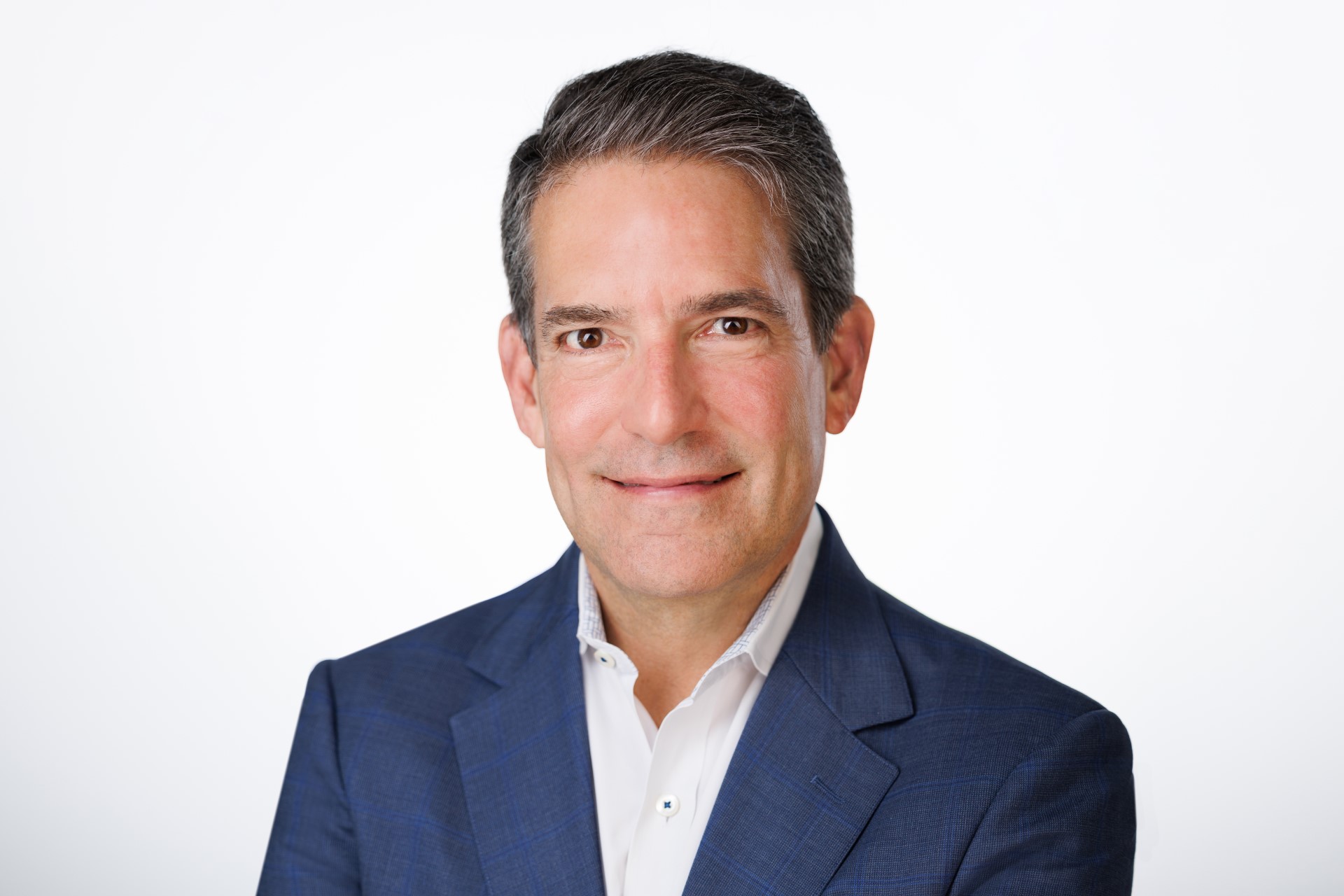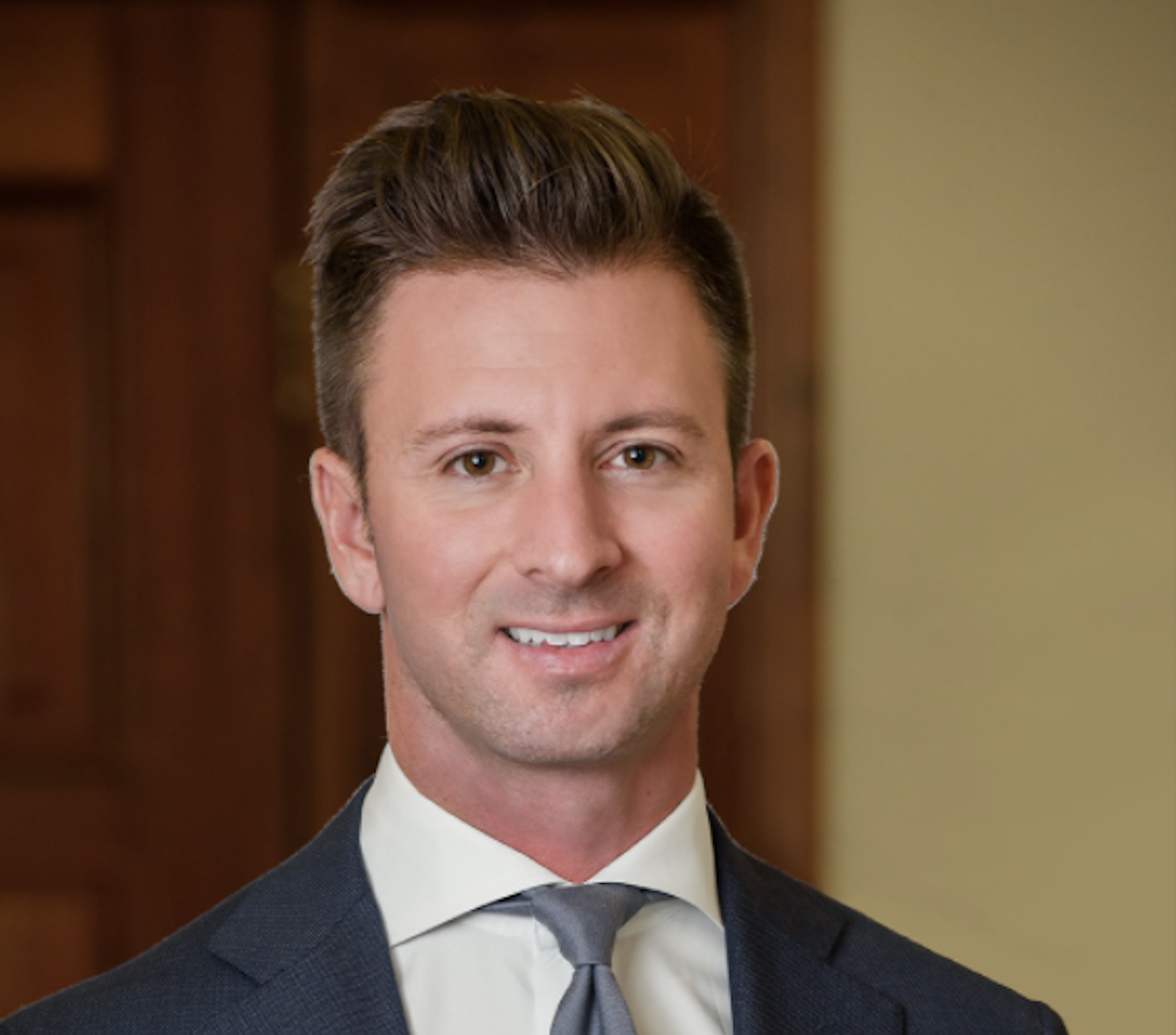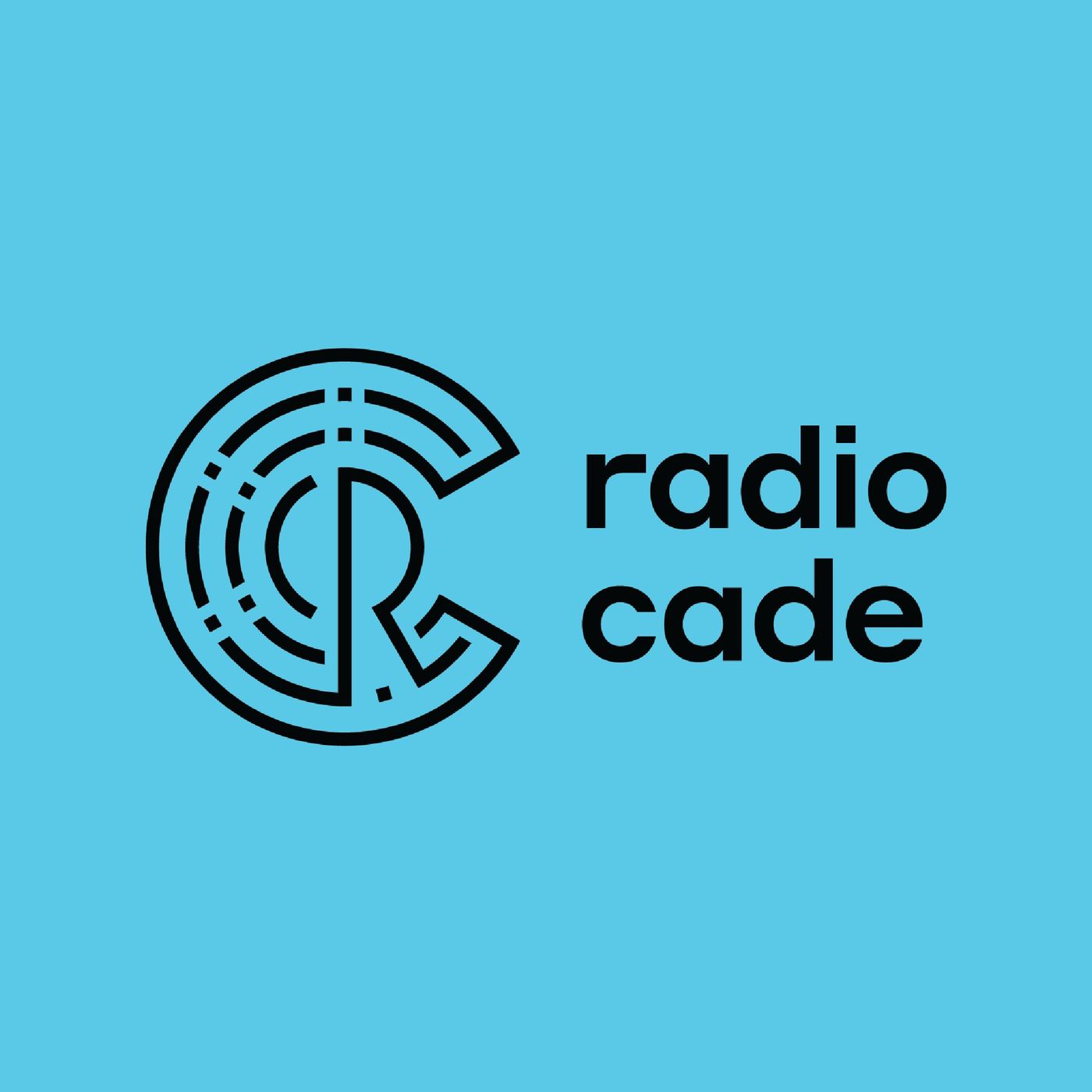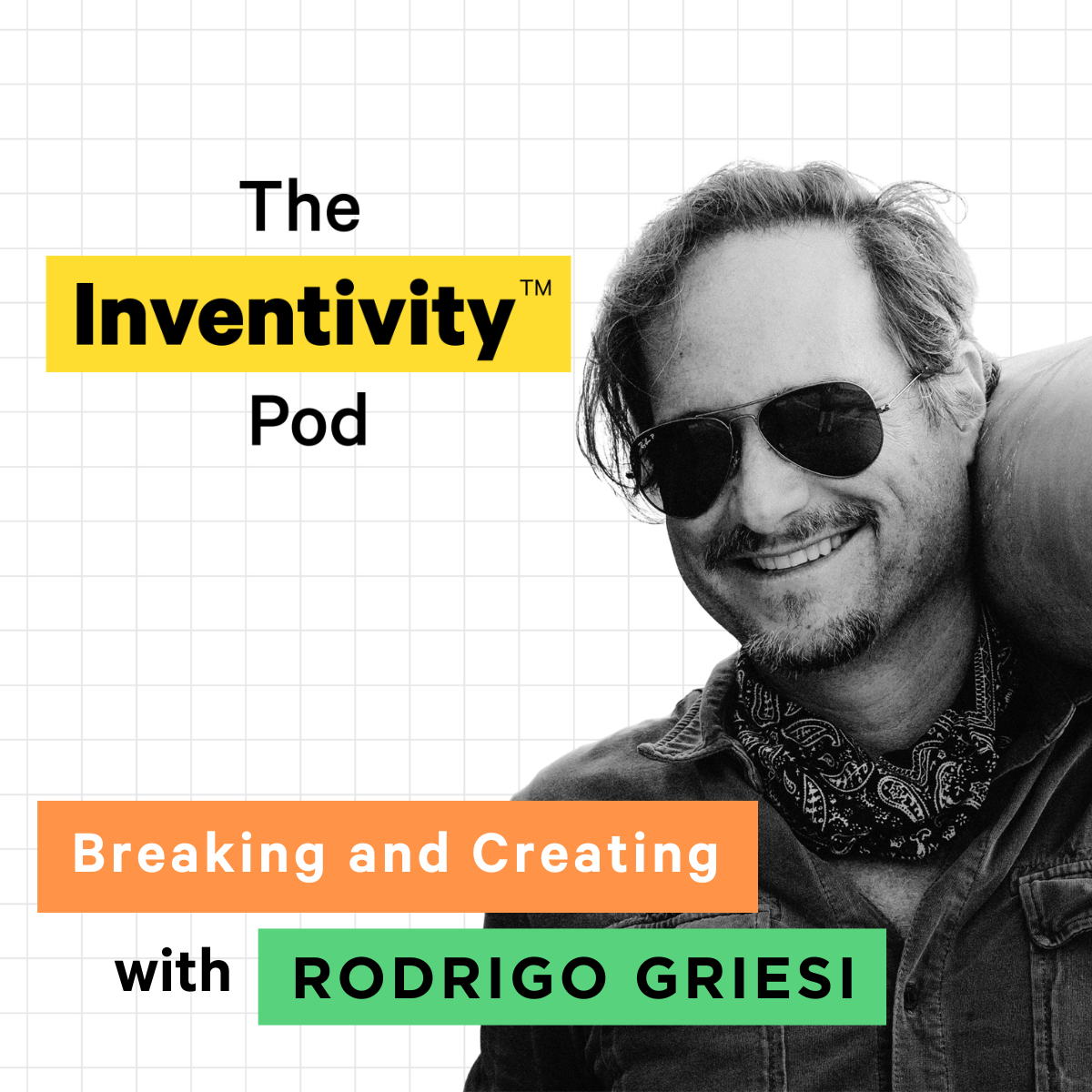Show Notes
Medicine that talks to you. Eric Buffkin of eTectRx developed an “edible radio” powered by the chemicals in your stomach that tracks when you take every dose of your medication. Eric’s colleague, pharmacist Susan Baumgartner, says about 50% of people that are prescribed medication do not take it when they are supposed to. Over the last decade, the company has extensively tested the ID-Cap System and In December 2019 received FDA approval. The company has had several “near-death” experiences, but Buffkin said the real problem of tracking medication usage wasn’t going away, and therefore the opportunity for the company wouldn’t go away either. Susan said at each pivot point or setback the team and investors said: “let’s go forward.” *This episode is a re-release.*
TRANSCRIPT:
Intro (00:01):
Inventors and their inventions Radio Cade, and podcast from the Cade Museum for Creativity and Invention in Gainesville, Florida, the museum is named after James Robert Cade, who invented Gatorade in 1965. My name is Richard Miles. We'll introduce you to inventors and the things that motivate them, we'll learn about their personal stories, how their inventions work, and how their ideas get from the laboratory to the marketplace.
James Di Virgilio (00:40):
Medicine that talks to you, or at least talks to your smartphone. That's no longer the stuff of science fiction. It will soon be available for patients everywhere. Welcome to another episode of Radio Cade, I'm your host, James Di Virgilio. And today my guests are Eric Buffkin and Susan Baumgartner the developers of a system called ID Cap and the co-founder of a company called eTectRx. Welcome to the show, Eric and Susan.
Eric Buffkin (01:03):
Thanks very much.
James Di Virgilio (01:04):
So let's dive right into your story. I spent a lot of time pre-show talking with you, Eric, about what you developed. It's very fascinating. I'm sitting here looking at it right now, in its simplest form you developed a medical breakthrough, this something that doesn't exist in its form. Tell us about what you've done, what you've created.
Eric Buffkin (01:19):
Probably the most important thing we invented James, is a way to communicate in an edible radio. And when you get right down to it, it's a tiny little radio that's small enough that you can swallow it and it can take power off of the chemicals in your stomach. And so you don't need a battery. You don't need much of anything. You can see it there it's really tiny. And once you swallow it, it essentially starts transmitting. There are a lot of folks that have tried to do different things like this. You can get ingestible cameras for doing endoscopy's and different things, but they're typically fairly large, fairly expensive and not something you want to use to track when somebody takes every dose of their medication, which is what we're trying to do.
James Di Virgilio (01:56):
Now, Susan, as a pharmacist, I have friends who are pharmacists, I know that one of the most important things is for patients to actually take their drugs. How often is it that patients are not taking their drugs on time or even taking them at all during a course of drug therapy?
Susan Baumgartner (02:11):
In terms of long term therapy, the numbers about 50%. So 50% of medicine is not taken as it's prescribed or as it's needed in patients. So that's pretty big number and that's the one that we're trying to help solve for.
James Di Virgilio (02:24):
And that's what creates a significant need, is if I'm the physician and I prescribe the medication, it's not taken, my patient may not get better. And I can't for sure say why I might prescribe another medication, which may be the wrong course of therapy. So in comes this solution, we understood and learned, you know, really recently that you've gotten FDA approval. Tell us about the process of getting FDA approval, because it's not simple and for what you're doing, it was essential.
Eric Buffkin (02:47):
So that would be Susan's core area of expertise. She is the one responsible for wrestling the FDA to the ground and making them cry uncle. And in that regard.
Susan Baumgartner (02:56):
So we have extensively tested the product. So after Eric and his team developed an incredible product with amazing technology, we had to put it into a usable form so that patients could use it on a day to day basis. And physicians could take that and other healthcare professionals could take that information and really use that to improve health outcomes. And so the process for getting clearance takes several years. It actually was a period of about four to five years that we did the required testing for the product and that included putting it into humans and seeing how long it took for the battery to send a signal and how long it took for the reader that's worn to detect that signal. And also how the communication flowed from the body to the patient, to the healthcare provider who might be using that information. So we did clinical testing. We did a series of making sure that what was swallowed was actually very safe and it moved through the system the way it was supposed to move through and did a number of bench tests that also made sure that it worked the way it needed to, and it produced the results that it needed to.
James Di Virgilio (04:04):
So I'm looking at the pill here in front of me, it's a normal capsule size. The drug manufacturer would be able to put their drug into this, along with the ID cap. Right? I take that. And then within 30 minutes, a signal is sent to a reader which is going to collect the data of the medication that I've taken. So therefore the physician, myself, maybe even the drug company, potentially I can know that I've taken this drug. Now that's the base level thought of what's going on. Right?
Eric Buffkin (04:29):
Right. Exactly. It's really a measuring stick so that you can measure how often and how frequently and how regularly somebody takes their medicine. And the big difference between this approach. You didn't notice a confirmed ingestion. There are hundreds of other products out on the market. You can go on to the app store for iOS and probably find 20 different medication reminder apps. All of those will allow you to separate minders to remind you to take your medicine, but not one of those or confirm anything, same thing with little pill bottles or other organizers, you can get reminded, but there's no way for the physician to know other than the report by the patient saying, doc, I took my medicine and there's many cases where that's simply not sufficient for the care or for the patient's wellbeing.
James Di Virgilio (05:11):
Now, as you mentioned, Eric, this problem has been around for a long time. We've talked about this, right? 50% of patients are not taking their drugs or taking them correctly. This idea that you had was not a brand new one, it's been attempted to have been solved before we understood. There's a competitor that exists, that does something similar and you yourself and this company has been around for more than 10 years. It's obviously been a journey. Oh yes. And with any entrepreneurial story, there's some conflict points where we would call it. Maybe some drama points in a movie. Tell us about a few of those experiences that got you to where you were today, but were maybe unknown as you walk through them.
Eric Buffkin (05:44):
Oh jeepers, how long we have?
James Di Virgilio (05:46):
Hours.
Eric Buffkin (05:47):
Okay. We'll try and narrow it down. So first of all, I was one of the co-founders of the company. I had Dr. Neil Yoliana a local PhD, brilliant man who was actually the aha guy, the guy who originally thought of the, hey why don't we put a radio on a pill and be able to detect when somebody takes their medicine. And he and I met several years ago, I had some chip and radio background and he has a lot of biomedical engineering background. And so we started exploring this. He had actually had some funding from the NSF to work with some UF professors to do some early development. And so we took that development, started the company we're moving down the path a couple of years into it. We were getting interesting experimental results thing. Wasn't quite behave in the way we wanted it to behave. And we ended up hiring a new engineer out of St. Pete named Judd Sheets. Brilliant guy. Also, one of the things I have discovered is make sure all the guys you hire are a lot smarter than you are. That's certainly the case in our company. And one of the first days Judd came in and he started looking at this system and say, wow, this is really cool stuff, but you know, it'll never work the way you've got it designed. And that was kind of one of those aha moments of are you serious? And to his credit, he was absolutely right. And to his further credit, he allowed us to fix it, which is a big part of it. So that was a big drama point, especially for being about three years into the company. At that time, James, enough of your background in the investment community, you've dealt with a lot of folks that are entrepreneurs and startups. They say, you can tell you're a pioneer by the arrows in your back. We had a few of those three or four years ago. We actually had to shut the company down for a period of time. The short story is we weren't able to raise the investment we needed. We had to shut it down, tell everybody go home. And we were fortunate in that. We around it up a new set of investors who basically said, okay, everybody come back and recapitalize and we got restarted and we've been better capitalized and resourced since that time. And that's, what's really allowed us to get over the hump of this FDA clearance. So that near death experience will give you a few gray hairs.
James Di Virgilio (07:38):
You've mentioned so much in your story that resonates with so many other success stories, which wouldn't feel like a success. If you stop that a lot of points along the way, what kept you believing in your vision of this idea, becoming a reality, despite financial issues, a decade of time going through having to deal with FDA approval, you had a lot of hurdles. What kept you going? Why didn't you just pull the plug and say, you know what? This isn't worth it.
Eric Buffkin (08:02):
And we still thought it was the right thing to do. I want to play off one thing Susan said, and also want Susan to share one of the other interesting conflict points, but drama points, maybe. The problem's not going away. 50% of people are still not taking the medicine for all you hear and in the press about how high drug prices are pharmaceuticals are still one of the least expensive ways to treat somebody, compare it, to go into emergency room or go into the hospital. Still much less expensive. And 50% of people that don't take their medicine results in hundreds of billions of dollars of completely avoidable costs to the healthcare system here in the U.S. that's money that our taxes have to pay and that we have to pay and drives our insurance premiums and drives a lot of stuff. So the problem was still there. The need was still there. We felt like the opportunity was still there. So we kept kicking the can down the road, kept trying to move ahead.
James Di Virgilio (08:47):
Now, Susan, tell us about this drama points that Eric's mentioning.
Susan Baumgartner (08:50):
I was just in a play off one thing that you said in terms of the adherence side of things, the current way that adherence is measured is through a self report by the patient. The patient tells their provider how they've been taking the medicine, and that's not as objective as it needs to be when you're looking at high cost therapy or you're looking at the outcomes that you're really trying to drive in a patient and in a care situation. And so our device ends up giving real time, look at medication use that has not been seen before. It gives the time that they've taken the medication. It gives medication patterns, really essential information when someone's being discharged from a hospital or when they're starting on a new therapy or they have a complex regimen or a very expensive regimen that is designed to produce a certain outcome in that patient. And so it helps to inform that and provide evidence to be able to make the best decisions for that patient and their care.
James Di Virgilio (09:46):
Yeah, you're hitting the nail on the head. I follow nutrition very closely, and it's almost impossible to do a really good academic study in nutrition because it's all self-reported and you get all sorts of weird results because people say why this many calories this week, or this much protein, and certainly in medicine, it's the same thing. Only. It's a lot more serious when it comes to drug therapy. And so when you were telling your story about it, because it's important because it needed to be done. I think that's the neatest thing. I think in our modern times, there's oftentimes a misconception about why entrepreneurs start businesses, why creativity maybe even occurs in almost every time it's to solve a real problem that exists. And that's what I'm hearing in your stories. There's a real problem that patients are not taking their drugs correctly, which is leading to a lower result for their own health. And this is an elegant solution that can hopefully improve the outcomes for patients.
Susan Baumgartner (10:34):
Yes. You asked about the persistence of this idea and the company over time. And as Eric said, we were fortunate to have an infusion of funding and people who trusted that this was the right solution. And there was a large market opportunity. And fortunately at each of those critical pivot points where we could have said, it's not going to work, or it's going to be too long of a road, or the regulatory hurdles are just too much for a small company like ours, the team that developed it, the group that was working on implementing it, and the investors all stood behind and said, we've got to bring this to the market to improve care and to improve adherence monitoring. And that's one of the points that I think Eric was bringing up was when we stood at the end of a very long, very expensive clinical trial and had results that didn't look quite what we expected them to be. And it took a large and laborious investigation from all of our technical folks and the entire team to dissect that and try to figure out why is it that we know this product can deliver at this high level? And why did we not achieve that in this study? And fortunately through the hard work of the engineers and the development team, we were able to pinpoint exactly what it was correct it very quickly and move forward with additional clinical studies, to be able to demonstrate that we were performing at that high level. Just one of many examples of the incredible persistence of a team and the investment group to make things happen.
James Di Virgilio (12:01):
And today we're sitting here and there's a bottle of champagne on the table in front of the three of us. And Eric You were the first to do the living adventure series at the Cade Museum, and you are now the first recipient of the Cade's gift to you and to your company for receiving FDA approval. So we go through these dramatic points in your story, you survive some tumultuous points. Now you have FDA approval. What's next.
Eric Buffkin (12:23):
Boy, that's a good question. Sell like crazy. The FDA clearance is essentially the permission by the regulatory authority to go take money for this thing. We've been developing for a long time and it is now of something we are going to do with great enthusiasm. We're working on building collaborations with a lot of people in the ecosystem around how pharmaceuticals are delivered to patients. There's a lot of important partnerships delivery for development, data flow reimbursement. So one thing that was another kind of, one of these ahas, I come out of the chip business, primary building microchips for consumer electronics and, and that business, once you get at work, you go sell it. And the person who buys it is the person who uses it. The healthcare market's not quite so simple because the person who uses it, it's not the person who's paying for it. And the person who's prescribing it. It's a lot of intertwined things that have to be sorted out. And the whole machine has to be running before the business starts to ramp up. So, um, we're hopefully going to be taking advantage of this clearance to help get that ramp going.
James Di Virgilio (13:22):
And so taking what you said into consideration, how long do you think it will be before I could take a capsule like this one and have data transmitted to it? Are we months away, years away, maybe? Hard to say?
Eric Buffkin (13:33):
I'm going to give you two answers. The first one I'm gonna give you the second one. I'm give Susan to answer. If you're willing to sign up for one of the clinical studies, we have run in with multiple people around the country, you can do it tomorrow. It's a matter of fact, I may have some informed consent forms in that truck, James, so we can walk you out there and sign you up. But on the commercial side, do you want to talk about the commercial a little bit better as to what the companies have to go through to actually introduce a commercial product?
Susan Baumgartner (13:54):
Yes, the product will actually be available by prescription only. So as Eric said, there are clinical studies right now in place where the product is being used and you could get access to it. If you are eligible for those studies in terms of bringing a product to market within our capsule and with the ingestible sensor in it, there is a pathway that is allowed for that through the FDA. And so we can provide a combination drug device product very soon, but more than likely in partnership with other companies and other payers and pharmaceutical companies will be able to take approved products, combine them with that sensor that's available and have those available for clinical applications and clinical use very soon.
Eric Buffkin (14:36):
One thing probably should clarify, James is that eTectRx does not handle drugs. We don't make drugs. We don't distribute drugs. We're not a pharmacy. We created this device to help feed into that chain of pharmaceutical manufacturers, our pharmacies, to do exactly what described there. So we're providing an enabling component to make that happen.
James Di Virgilio (14:55):
Well, Eric and Susan, this has been wonderful. We definitely need to bring you back for a second session so we can dive further into there's so much more we can talk about including your own backgrounds, which I know oftentimes play into our stories as entrepreneurs. I know Eric, you like the beach. I know there's other things you'd like to fishing, boating, right? I see that you have, in fact, a fishing shirt, I feel like it's Friday. Maybe you're going to head out and hit the open water this weekend, but regardless, there's so much to cover. This is so exciting. I think it's really neat whenever you get to look at a solution that doesn't exist, there's nothing right now that exists like what you have. And it's been great to talk about it. We should dive further into it. And for James Di Virgilio and Radio Cade, thanks for joining us.
Eric Buffkin (15:33):
Thanks very much for having us James.
Outro (15:35):
Radio Cade is produced by the Cade Museum for Creativity and Invention located in Gainesville, Florida. This podcast episodes host was James Di Virgilio and Ellie Thom coordinates, inventor interviews, podcasts are recorded at Heartwood Soundstage, and edited and mixed by Bob McPeak. The Radio Cade theme song was produced and performed by Tracy Collins and features violinist, Jacob Lawson.





